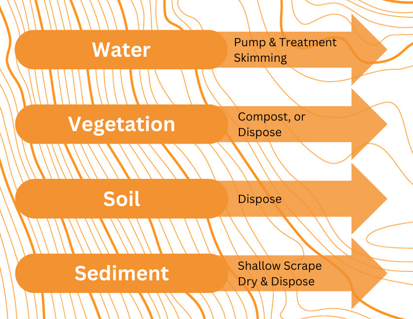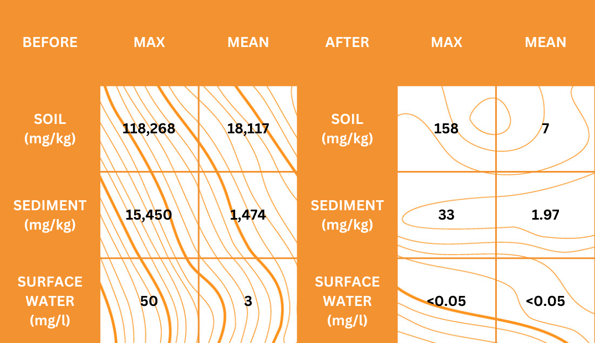Remote Remediation: Restoration in the Rainforest
Due to civil and political unrest in Peru, especially in the Amazonian regions, the national oil infrastructure has been vandalized. In North Peru, the ONP pipeline was cut, causing a crude oil spill that stretched more than 1,600 meters from the break, covering 26,445 square meters and impacting 3,282 cubic meters of a channel connecting to the Maranon River. The impacted area is of local importance for two indigenous Amazonian tribes, San Juan de Mojarayacu and Santa Ana.
Geo2 were approached to help design a solution by Ogreen, an in-country team who specialise in spill response and logistics. Peru has minimal experience in treating environmental issues and generally resorts to landfill disposal, but in an environment where the nearest landfill is over 1,000km away partnering with Geo2 provided a more cost-effective option to treat waste water and material.
Indigenous Tribal Lands
Getting to the spill was not without its challenges!
Access to the land required negotiation with the elders and local community who were very wary of outsiders. In the weeks leading up to Geo2 arriving, indigenous people had detained tourists in protest over oil spills in other areas.
To carefully manage and respect the local tribes whose land was affected, Ogreen employed dedicated community liaison officers, employed 292 local tribes people, provided medical and emergency care, and made donations to the tribes in the form of monetary support, food and refreshments for local events.






Site Challenges



The fix




Results
Maximum recorded TPH concentrations (evaluation and validation) were as follows:

OEFA (Peruvian Environmental Assessment and Control Agency) inspected the works at the validation stage and were satisfied that the project had successfully removed the risk from the oil spill. The demobilisation works systematically removed the remediation infrastructure, access roads and camps, allowing jungle to return.
The project had its challenges but was successfully delivered in an inhospitable but globally important environmental setting, restoring the channel so that the local tribes could once again use it for transport, fishing and agricultural purposes.
Geo2 are proud of our involvement in this project, pioneering sustainable treatment solutions at the very frontier. This project has genuinely made a difference not just to the indigenous tribes or our partners at Ogreen but goes to the very heart of what Geo2 are here to do, protecting and restoring our environment to make a happier and healthier place.




Award Winning
Ogreen and Geo2 were delighted that our work for the remediation of this crude oil spill was judged to be the winner of the Brownfield Briefing Best International Project, 2023.


